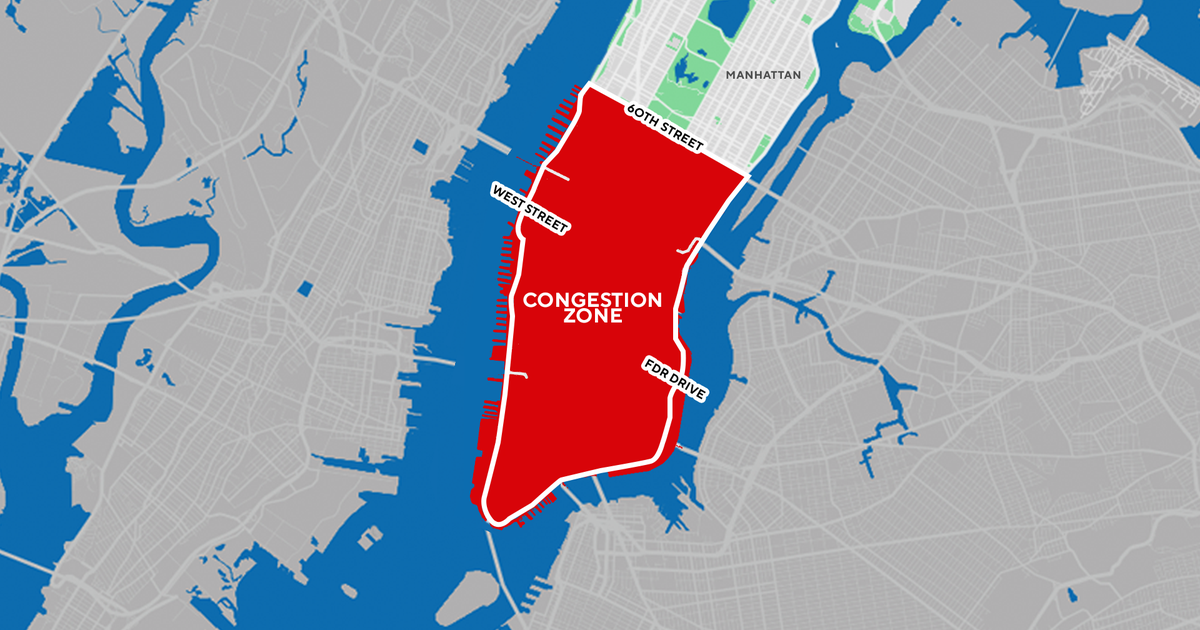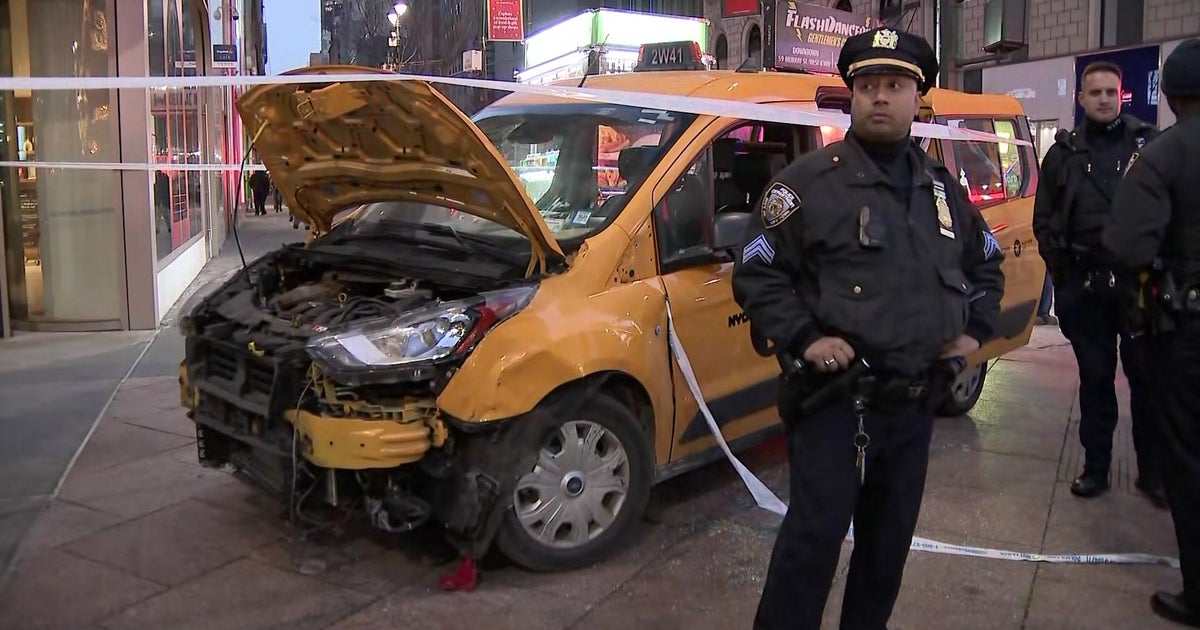Clarence Clemons' Death Leaves Void For Springsteen, 'E Street'
NEW YORK (AP) -- E Street will never be quite the same.
The death of saxophone player Clarence Clemons ripped a hole in Bruce Springsteen's music and onstage life, taking away a figure who had served him loyally for decades and never failed to add joy to the E Street Band's epic performances.
Clemons died Saturday at age 69, about a week after he suffered a stroke at his home in Singer Island, Fla.
It's not the first loss for the rock world's best-known and most accomplished backup band. Keyboard player Danny Federici died in 2008 of melanoma. Steve Van Zandt, Springsteen's youthful friend and closest partner, left for several years in the 1980s and was replaced on guitar by Nils Lofgren. When Van Zandt returned, Lofgren stayed.
MORE: Notable Deaths of 2011
Yet Clemons' loss cuts deeply into the soul of the band. His importance was acknowledged whenever Springsteen performed "Tenth Avenue Freeze-out," when he sang, "We made that change uptown and the Big Man joined the band," inevitably followed by a wail of Clemons' sax and a roar from the crowd. The two men met in 1971 on the New Jersey bar band circuit, and when Springsteen released his debut album two years later, Clemons left a more successful outfit for a new Boss.
Inevitably Clemons' introduction was the climax every night when Springsteen presented the individual band members to the audience, accompanied by a variety of regal nicknames like "Master of the Universe" and "King of the World."
"Do I have to say his name?" Springsteen would shout to the crowd.
"No!" came the roar back. He did anyway.
A makeshift memorial of flowers, candles and photos grew outside of the Stone Pony nightclub in Asbury Park, N.J., home turf where Clemons and Springsteen made frequent stage appearances through the years.
At the Clearwater music festival in Croton-on-Hudson, N.Y. on Sunday, the Drive-By Truckers took the stage for their show with "Tenth Avenue Freeze-Out" playing over the public address system. Singer Patterson Hood looked skyward and dedicated the band's set to Clemons.
Last fall's release of "The Promise," which included a DVD of a 1978 Springsteen concert performance, underscored the central role of Clemons in the act. The two men were a marked physical contrast: a bedraggled, slightly scrawny white guitar player and a 6-foot-5-inch, 270-plus-pound black man with a sax -- known simply as the Big Man --who would be intimidating if he didn't so often carry a smile.
They would stalk each other on the stage, staring with ferocious eyes, and play their instruments as they stood back to back, leaning on the other for support. They'd even kiss, their relationship sending a message of brotherhood, family and -- given racial undertones -- tolerance and respect for all.
The relationship was captured memorably with a giant photo of the two men on the cover of Springsteen's "Born to Run" album.
Clemons was musically vital, too, particularly given the longer, structurally ambitious songs Springsteen was writing in the 1970s, a potent mixture of rock, soul, jazz and folk. Clemons' sax kicked "Born to Run" into overdrive, and his solo was a key moment in the majestic "Jungleland." He had a deep, booming voice not often displayed, although he added hearty "ho-ho-ho's" during seasonal renditions of "Santa Claus is Comin' to Town."
Truth be told, Clemons' role in the E Street Band diminished as the years went on. Springsteen's simpler song structures left less space for the sax, and the instrument competed to be heard in a dense wall of sound anchored by three electric guitar players. Clemons would add maracas or tambourines to some of Springsteen's compositions.
Clemons' physical ailments also made him a less active presence onstage. He underwent spinal surgery last year after many years of back pain and spent time in a wheelchair after double knee replacement surgery.
Springsteen generously made accommodations for the ailments, installing an elevator on the stage set for when Clemons couldn't negotiate the stairs, according to Caryn Rose and Glenn Radecki of the Springsteen website Backstreets. A throne-like golden chair was placed onstage for when Clemons needed his rest.
Clemons' death is unlikely to bring an end to the E Street Band, which Springsteen alluded to in a statement posted on his website Saturday announcing the death.
"We are honored and thankful to have known him and had the opportunity to stand beside him for nearly 40 years," he said. "He was my great friend, my partner and with Clarence at my side, my band and I were able to tell a story far deeper than those simply contained in our music. His life, his memory, and his love will live on in that story and in our band."
But the loss leaves Springsteen with a real challenge moving forward. While Federici's contributions were valued and respected, he was a back bencher, tied to the shadows of the stage and his replacement not a major issue for the casual fan.
Clemons was different, and his loss will inevitably change the onstage dynamic. The saxophone is such a major presence in Springsteen's music that it's difficult to imagine many of his songs being performed without it. They will be big shoes for anyone to fill.
"As long as we tell the stories, as long as we play the songs, the Big Man will always be with us," Rose and Radecki wrote on Backstreets following Clemons' death.
(Copyright 2011 by The Associated Press. All Rights Reserved.)



